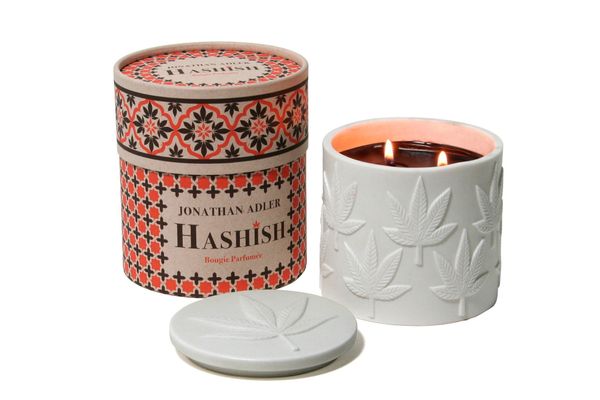There were a lot of things I didn’t like about growing up in Colorado: the polar fleeces, the jam bands, the fetishized skiing and hiking, the widely held belief that spending more time in nature should be enough to fix any mental, emotional, or spiritual problem. One thing I did like was the smell of mountain towns in the evening, which consisted of fresh air, evergreens, and woodsmoke.
When I moved to New York for college, I was so happy to be able to spend my time in bars discussing leather goods, Pitchfork, and therapy that I didn’t really care how anything smelled. But, after a while, I settled in and took up the local obsession with olfactory experiences — both the uncontrollable bad ones outside and the good, taste-displaying ones purchasable for indoors. Like many people, I love scented candles, but find those worth having too expensive for daily use. Looking for a cheaper alternative, I experimented with incense, but was always disappointed: No matter the brand, my apartment always ended up reeking of New Age store.
Then one day, while browsing the sort of vaguely cowboy-themed boutique I usually avoid, I came across Incienso de Santa Fe. Even unlit, it smelled uncannily like Colorado (though I realize Santa Fe is in New Mexico). I bought it immediately.
Incienso de Santa Fe bills itself as incense, but, as far as I can tell, it’s just tiny wood chips pressed into knuckle-length briquettes. It comes in seven varieties, all of which are trees native to the American Southwest: pinyon, cedar, juniper, hickory, alder, mesquite, and fir balsam. While they differ somewhat in strength and sweetness, the fragrances will all read as pretty similar to anyone who isn’t a barbecue expert. (Each package includes a little red clay holder, but the company’s larger burners – a tepee, an adobe house, a chiminea, and a log cabin — are very cute and useful for preventing hot ashes from tumbling onto furniture.) When burned, it gives off the invigorating, pleasantly rustic aroma of a campfire or fireplace, with no perfumey or musky qualities. The scent is strong enough to linger for a day or two, but not overpowering or occultish. And, because they require at least 30 seconds of exposure to a flame to catch (and sometimes need to be relit), each brick of Incienso de Santa Fe comes with the opportunity to feel (a degree of) the satisfaction of starting and tending to a fire on a camping trip. It’s like a quick jaunt to Vail, only you get to stay inside.
Carlos Quirarte (co-owner of the Smile and mastermind of the performance space at the Public Hotel) adores this Japanese incense: “A friend of mine who was a sound artist would come over to sell all these different kinds of incense. Of all of them, this one stuck in my head because I realized it’s the same exact one that they use in the R by 45rpm store. I smelled it and said, ‘Oh my god.’ I literally can’t live without this stuff. I travel with it.”
Rodin founder Linda Rodin is big on this scent: “I’m not a big candle person, but I’ll use my own and this one from D.S. & Durga (they make my perfumes, too). It’s fresh and heavenly. I keep it in my bedroom.”
Odd Mom Out star Abby Elliott likes this Jonathan Adler hashish candle: “It’s a great alternative to smoking pot. It doesn’t necessarily smell like pot, but it’s nice and smoky, especially in the winter. It doesn’t get you high, unfortunately, but the little container is really cute, and we keep that after the candle’s out as a container for the apartment.”
The Strategist is designed to surface the most useful, expert recommendations for things to buy across the vast e-commerce landscape. Some of our latest conquests include the best women’s jeans, rolling luggage, pillows for side sleepers, ultra-flattering pants, and bath towels. We update links when possible, but note that deals can expire and all prices are subject to change.
Every editorial product is independently selected. If you buy something through our links, New York may earn an affiliate commission.









